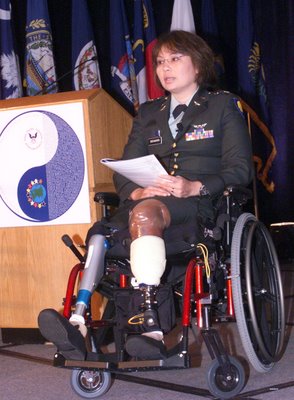 This week is the 175th anniversary of Nat Turner's slave rebellion. Turner was a Black slave in Virginia, USA in the early 19th century who organized an uprising against White slaveowners. During the rebellion, he told his followers to kill all White people. And indeed, they travelled all over town; freeing slaves while killing White people--not only the slaveowners, but they murdered women and children as well.
This week is the 175th anniversary of Nat Turner's slave rebellion. Turner was a Black slave in Virginia, USA in the early 19th century who organized an uprising against White slaveowners. During the rebellion, he told his followers to kill all White people. And indeed, they travelled all over town; freeing slaves while killing White people--not only the slaveowners, but they murdered women and children as well.How did they determine if someone was White? Obviously they just looked at them and then thought "Black or White?" before killing them or not killing them. This would be much harder today because not everyone looks completely Black or completely White. (What if Nat Turner encountered a Latino, Asian, or mixed-race person?).
What's also interesting is that during the rebellion, Turner encountered a White slaveowner who was protected by his slaves. His slaves thought of him as being a good master, and they were actually willing to fight Turner and his men.
What's even more interesting is that one of the White people in town was a childhood friend of Nat Turner, and he (Turner) told his men to spare the guy's family. But wait, I thought he said "kill all White people"? hmm...I guess that White guy was lucky that he knew Turner personally, huh?
One of the victims was a White woman who was known to be a kind person to Black slaves. So why did they kill her? hmm...maybe because Turner never had the opportunity to meet her. C'mon race obviously has nothing to do with your personality!









